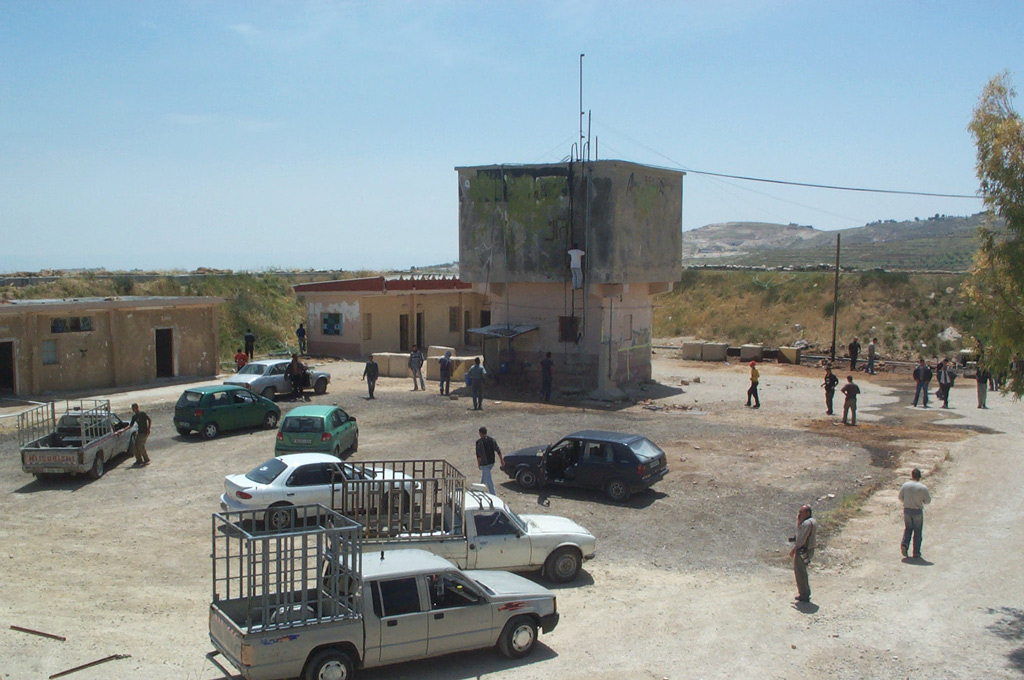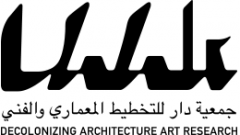The morning after. The first moment of access to the colonies and to the military bases is a possible moment of transgression whose consequences are unpredictable. Although in the Gaza Strip it was the Israelis who demolished most of the buildings, those buildings left intact were mostly destroyed by the Palestinians. The morning after the military left Palestinians destroyed the space and carried out as many remnants of building materials they could use and carry. This destruction is a spontaneous architectural moment of re-appropriation, and as such we believe that it should not be prevented or controlled. It is only after the indeterminate result of this moment of first encounter, and within the possible rubble of its physical results, that architectural construction may begin. This moment of first access questions the conception of architecture and urban planning. The acceptable precondition for planning is a situation of spatial and political certainty – a clear site demarcation, a schedule, a client and a budget. The erratic nature of Israeli control and the unpredictable military and political developments on the ground renders Palestine an environment of high uncertainty and indeterminacy. Planning in such conditions could not appeal to any tested professional methods.
Accessing Oush Grab for the first time
Photos by IMEMC – International Middle East Media Center





The first Palestinians accessing the camp of Oush Grab immediately after its evacuation in spring 2006
Conference at Sakakini Cultural Center
The first moment of decolonization:
http://youtu.be/2lipG-QnHfE
Access as therapy:
http://youtu.be/Od5-ATjJ3mE
